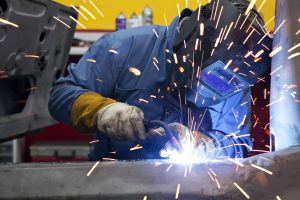
How Much Could Your Pay Rise After Getting an RPL Qualification? Real Examples & Data
Many skilled workers carry years of experience, but without a formal qualification, they may be locked out of higher-paying roles, tenders or contract rates.


Many skilled workers carry years of experience, but without a formal qualification, they may be locked out of higher-paying roles, tenders or contract rates.
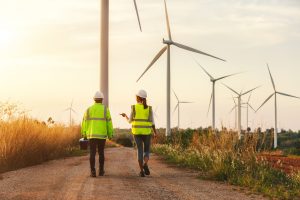
Australia’s job market is shifting. By 2030, many industries won’t just grow—they’ll transform. Whether it’s renewable energy, healthcare, construction or advanced manufacturing, new skills will be in demand.
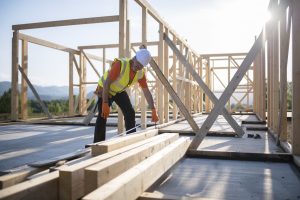
Australia is riding a wave of demand for skilled trades. Infrastructure investment, energy transitions, housing shortages and technological upgrades are pushing wages higher in many trades.
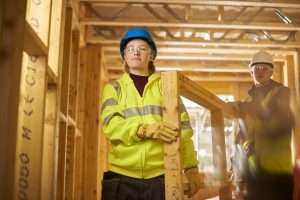
Compare RPL vs apprenticeships and TAFE in Australia. Discover which path lets you earn faster, save on training costs, and get qualified through Recognition of Prior Learning.

If you’ve been working in your trade or profession for years, you might already have the skills and experience needed to gain a qualification—without sitting through classes you don’t need. That’s where Recognition of Prior Learning (RPL) comes in.

Some people were just born to cook. For them, learning how to become a chef in Australia is a natural desire. When you love cooking, magic often occurs in your very own kitchen. You start with a bunch of ingredients, mix them together, put them in the oven, and soon you have a dish that looks and smells completely irresistible.

Ask any hiring manager what matters most on a resume these days, and chances are they’ll say the same thing: skills. Real, job-ready, proven capability.

If you’ve been thinking about getting qualified for a trade, now might be the moment to strike while the iron’s hot—literally.

If you’ve been thinking about getting formally qualified through Recognition of Prior Learning (RPL), there’s never been a better time to act. Across Australia, both federal and state governments are stepping up support for RPL government funding, making it easier—and cheaper—for workers to turn experience into nationally recognised qualifications.

Not all learning happens in a classroom. In fact, for many tradies, chefs, and site supervisors, the real education happens knee-deep in concrete, under pressure on the pass, or solving problems with a cordless drill and a deadline.
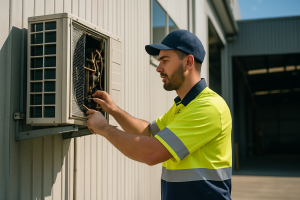
If you’re feeling stuck in your current role or watching others climb the ladder while you’re left holding it—you’re not alone.

Recognition of Prior Learning (RPL) isn’t what it used to be. If your idea of an RPL assessment involves folders of paperwork, in-person interviews, and endless back-and-forth with assessors, think again.

Many skilled workers carry years of experience, but without a formal qualification, they may be locked out of higher-paying roles, tenders or contract rates.

Australia’s job market is shifting. By 2030, many industries won’t just grow—they’ll transform. Whether it’s renewable energy, healthcare, construction or advanced manufacturing, new skills will be in demand.
Error: Contact form not found.










